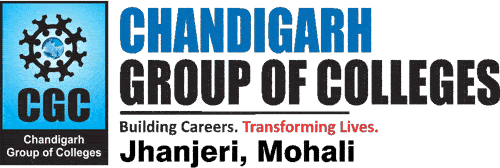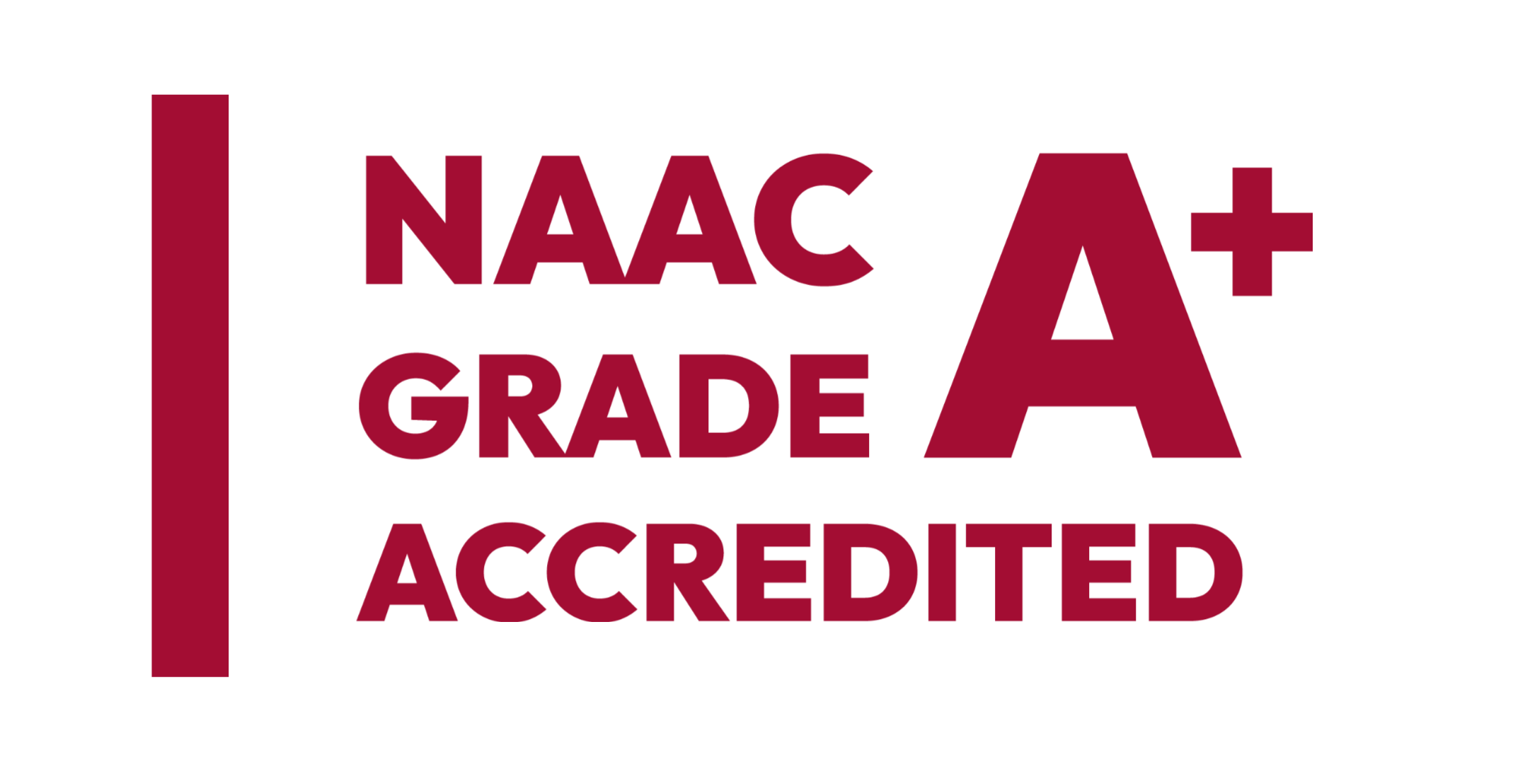ABOUT CONFERENCE PUBLICATIONS
The world is being ushered into a new industrial future, which is set to change in a fundamental way, how people live daily. The Fourth Industrial Revolution will be fundamentally different from earlier industrial revolutions in its scope and complexity, as well as its scale. The rate, depth and breadth of the likely transformations promise to be breathtaking and disruptive to all industries everywhere, especially for their production systems, management as well as governance. It is not clear how its future will look, but clues about what will shape winners or losers are emerging. Clearly innovation is critical, but so also is the constant restating of shared values that safeguard our common humanity. One thing is certain; the future will be like nothing the world has seen before. To make the most of it will require coordinated effort of all stakeholders, including the public and private sectors, academia and industry, as well as civil society.
The coming Fourth Industrial Revolution is based on the electronics and information technology that characterized the third revolution and is distinguished by the merging of technologies, muddling the distinction between the cyber, physical and biological worlds. Smart Generation Computing and Communication Networks (SGCCN) 2023 offers the prospect of connecting billions of people, animals and objects each with a device with phenomenal processing power and storage capacity. This will unleash an unparalleled amount of data, which can be analyzed for unlimited knowledge. Advances in the fields of artificial intelligence, robotics, wireless communication, instrumentation, autonomous vehicles, 3-D printing, nanotechnology, biotechnology, materials science, energy storage, and quantum computing will have a multiplicative effect on progress made.
The impact of artificial intelligence is already evident with drones, self-driving cars and trains, virtual experts in the fields of medicine, law, investment, etc. This progress has been made possible by the rapid advances in the field of computation and the ability to analyze vast amounts of data very quickly in a way that was hitherto unimaginable. The range of applications for computing technology is wide, covering predictive algorithms, drug discovery, reconstruction of archaeological artifacts and many more. Nanotechnology is now making its way into the biological sphere, pioneering a symbiosis of human body, microorganisms, food and the built environment. A new world is being created; virtual reality, where there is a blurring of lines between the physical world and the virtual world.
The Fourth Industrial Revolution is going to yield new products and services. Undoubtedly it is expected to raise standards of living and income levels globally. It will increase efficiency and productivity at the work place. Transportation and communication costs will drop dramatically, hence delivering huge dividends to the supply-chain, opening up new markets and driving economic growth. Work and leisure will look different. Those who stand to benefit the most are those societies that can gain access to and leverage digital technology. read more.
THEME AND CONFERENCE TRACKS
With the theme - Think forward and an eye towards the latest trends, solutions and ideas-
The International E-Conference on Applications of Computing in Engineering, Sciences and Technology (SGCCN-2023) will explore new challenges and opportunities.







